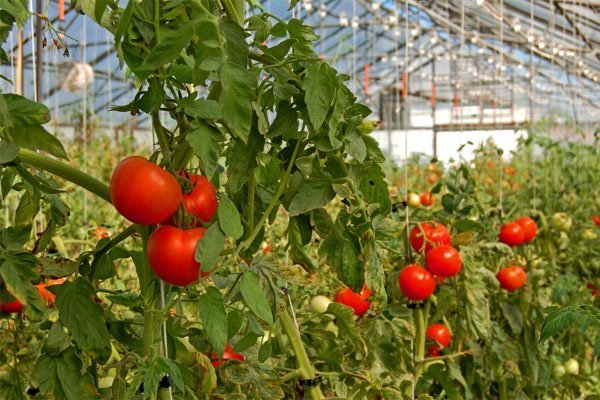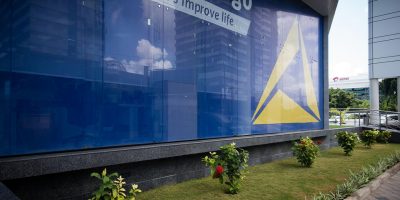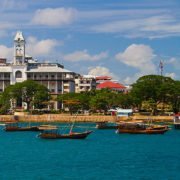The Southern Agricultural Growth Corridor of Tanzania (SAGCOT) has appealed to regions to use the cluster system to promote agricultural productivity because
SAGCOT Chief Executive Officer Geoffrey Kirenga made this call when expressing his organization’s appreciation to the farmers in the southern regions and the government for making gainful use of opportunities unearthed by two clusters launched to serve peasants in Iringa, Njombe, Mbeya, Songwe regions.
Launched in 2010, SAGCOT was tasked to raise the socio-economic status of peasants in the southern regions as well as helping them to regain their lost glory of being a national granary.
“The secret behind the socioeconomic gains we are associated within our corridor is the cluster system, which we conceived and have supervised very closely as it is an inclusive system. If this system will be adopted by regions that are anxious to learn from our corridor, national agricultural production will steadily and reasonably go up,” the CEO explained.
SAGCOT defines a cluster as a geographic concentration of interconnected companies, specialized suppliers, service providers,
Two operational clusters in the southern regions are Ihemi (serving Iringa and Njombe peasants) and Mbarali (Mbeya and Songwe regions).
Mr. Kirenga said more clusters are planned to serve peasants in Ludewa, Rufiji, and Sumbawanga. A new operational Kilombero Cluster was recently launched to serve smallholders in Morogoro Region.
He said tomato production has increased in the Ihemi cluster enabling Tanzania to stop tomato imports and establish two tomato processing industries.
Mr. Kirenga said SAGCOT was looking forward to
He said the success story could not have been made without the support of the Tanzania Government, UKAID, Norwegian Embassy, USAID, UNDP, the World Bank, and AGRA.


















Comments